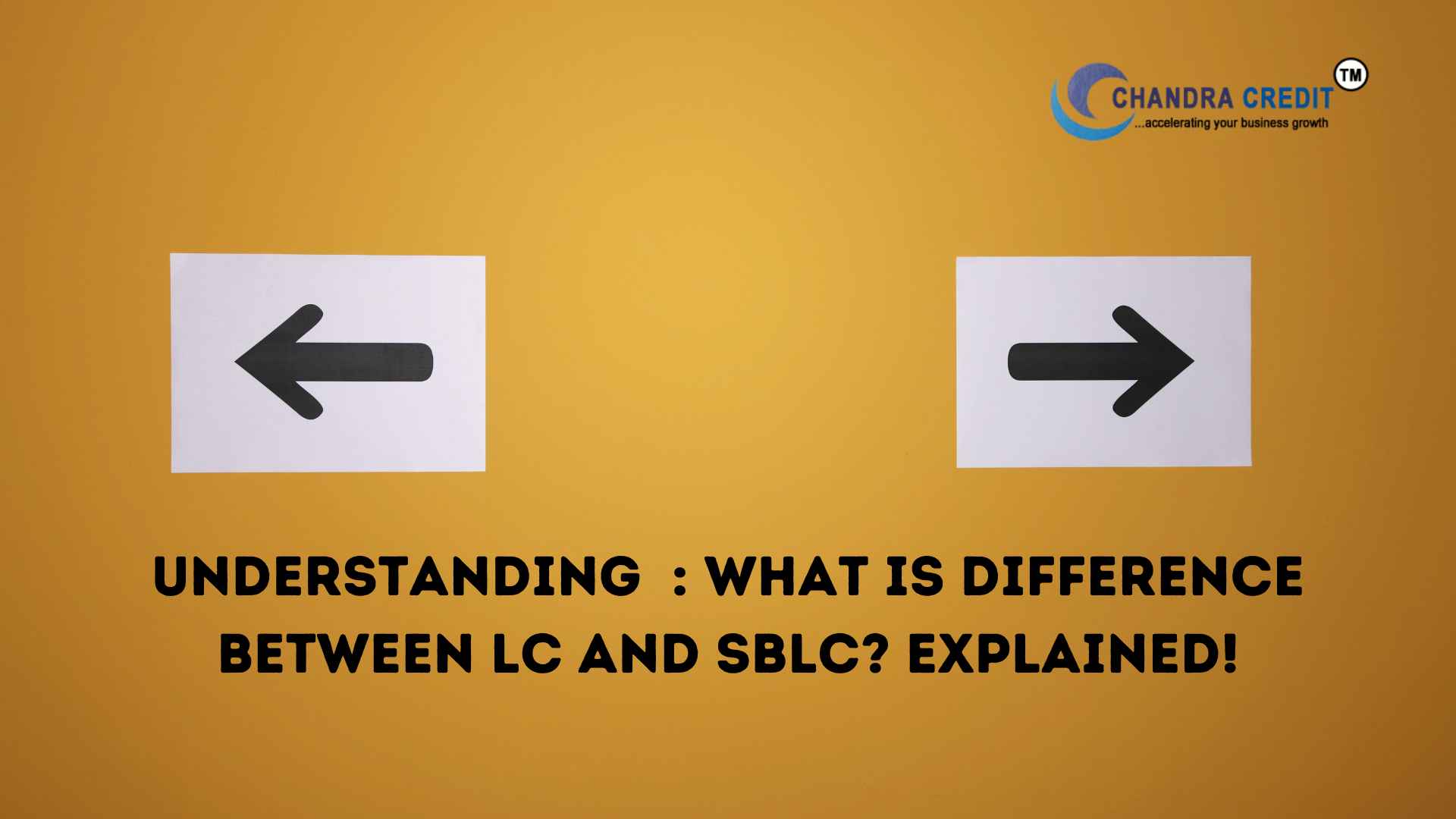


Letters of Credit (LC) are widely used in international trade to facilitate secure and reliable transactions between buyers and sellers across borders. While both export LC and import LC serve a similar purpose of ensuring payment in trade transactions, there are key differences between the two. This article explores the differences between export LC and import LC and how they impact businesses engaged in international trade.
An Export LC is a financial instrument issued by a bank on behalf of an exporter (seller) to guarantee payment for goods or services provided to an overseas buyer (importer). The Export LC serves as a commitment by the importer's bank to pay the exporter a specified amount, provided that the exporter meets all the terms and conditions outlined in the LC.
Conclusion
In conclusion, while export LC and import LC serve similar purposes of ensuring payment in international trade transactions, there are key differences between the two in terms of issuing party, payment direction, compliance requirements, and risk allocation. Understanding these differences is essential for businesses engaged in international trade to effectively manage their trade finance operations and mitigate risks associated with cross-border transactions.
Ms. Sunanyana Puri is a Qualified Company Secretary and a Law graduate and is heading the operations of Chandra Credit Ltd. With her rich Experience and Academic Knowledge in Compliances, Law, and Finance she is committed to and has been able to take this Organization to a global level, Her dynamic personality and oral skills given with creativity and sound management and marketing potential have proved to render unbeatable performance and successive growth in terms of building relations with Lenders/investors.





































































